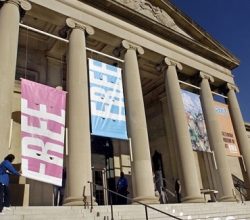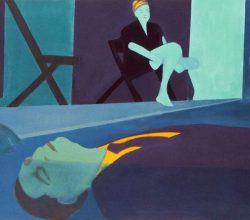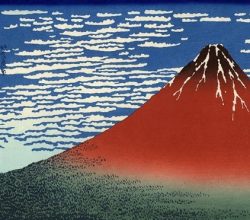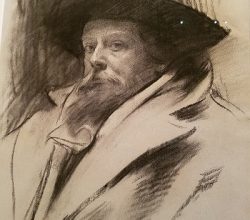
The Baltimore Museum of Art Made a Pledge to Buy Art by Women. Is It Just a Stunt?
Kriston Capps | Citylab | 2nd December 2019
Just 4% of artworks held by the Baltimore Museum of Art are by women artists. <Blink> The museum now proposes a “canon correction” – in 2020 it will only purchase works by women. Women’s groups seem underwhelmed. Curators can propose new directions, but “museum committees review them, and the board of trustees approves them.” Such changes to acquisition processes “can take years to reach a verdict”.




